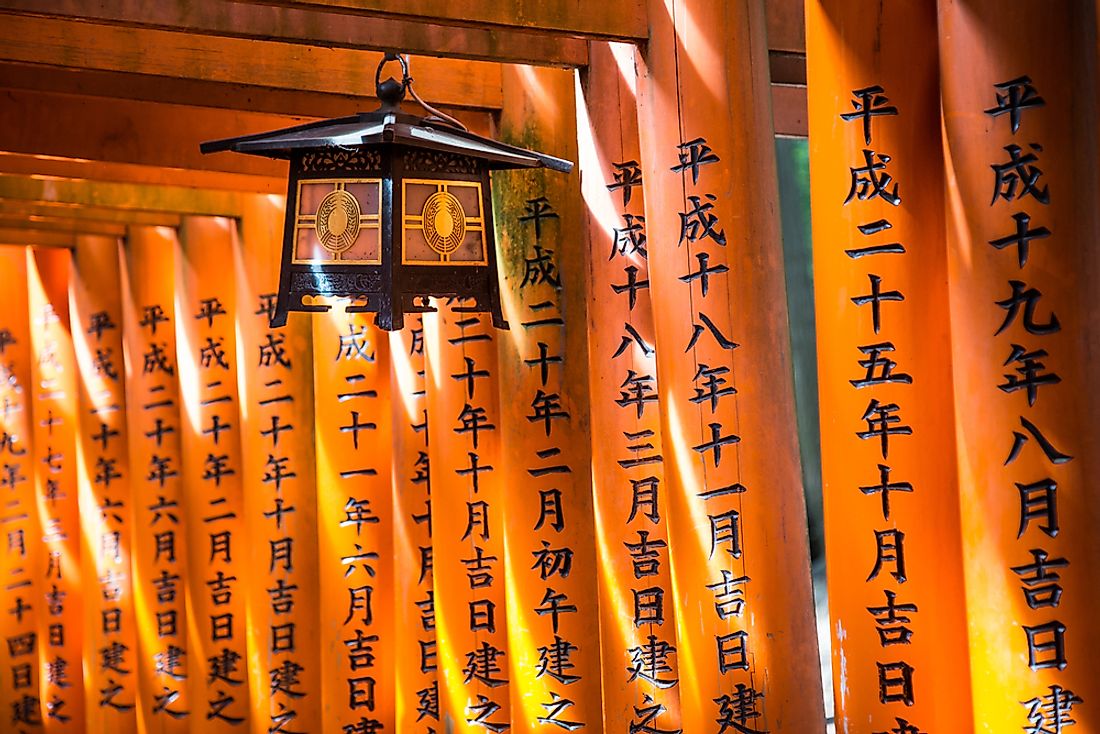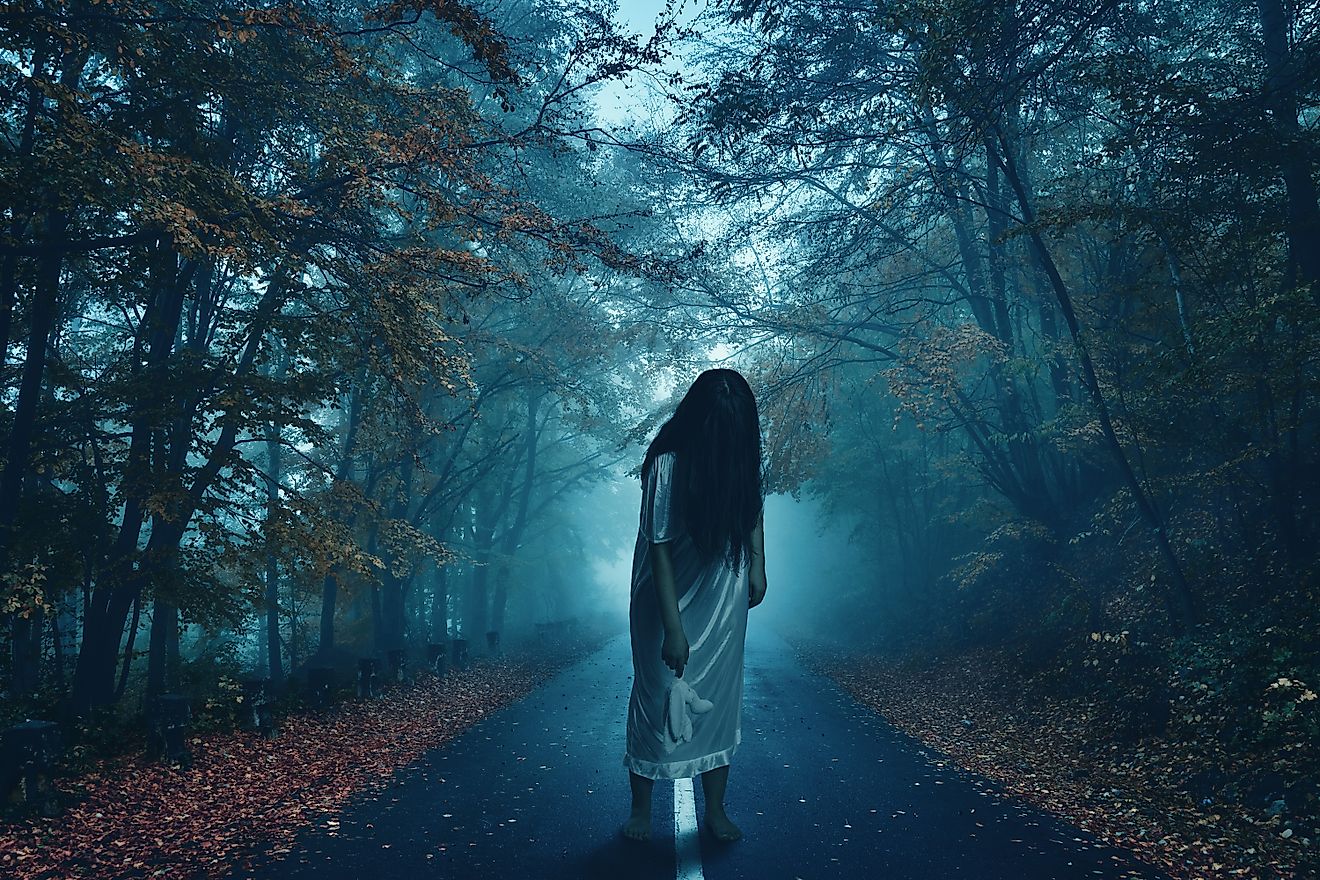Japanese Cultures, Customs and Traditions

Japanese culture is ancient, diverse, divine, and influences various facets of modern Japan even today. From diet to festivals, sports to fashion, the culture is ever-present both in the country and afar. Some of the most prominent aspects of Japanese culture are discussed below.
8. People and Society
Japan is a largely secular society whose people value harmonious relations with others by giving back, and regard fulfilling the social duty as more vital than personal individuality. Order, harmony, and self-development are the three vital values that anchor Japanese social relations. Religious practices also emphasize the importance of harmonious relations with humans and spiritual beings and the fulfillment of social obligations within family and community. In Japanese myths, gods exhibit love and anger. That means behavior that results in positive relations with others is rewarded, and compassion treasured. Japanese children are also taught that fulfillment comes through associating with others. For interpersonal relationships, the Japanese also avoid competition and confrontation and exercise self-control when working with others.
7. Food and Drink
There are many diverse traditional Japanese cuisines but the most ancient is the Washoku dish, which has more than a 400 year history. In its authentic form it is called Kaiseki, and consists of one soup dish, one main dish, and two side dishes. In modern day, Washoku comprises of an appetizer of rapeseed blossoms, salted salmon roe, and shellfish, all with individual dressings, thin slices of sea bream sashimi, and deep fried monkfish nuggets. Washoku has also been recorded on the list of UNESCO’s World’s Intangible Cultural Heritage, according to Japan National Tourism Organization. Other traditional Japanese cuisines are sukiyaki, tempura, Sushi, Sashimi, Yakitori, Tonkatsu, Shabu Shabu, and Soba and Udon.
6. Arts And Literature
During the early developments of Japanese painting tradition in the 14th century, there was a heavy Chinese influence in paintings. But after Japan isolated itself from the world from the 17th to late 19th century, a unique art style began to form. This style had paintings leaning towards the abstract and naturalistic. This style was evident in individual paintings, scenes of daily life, religion, plant studies, and animals in order to capture the basic and essential subject characteristics.
From the early 17th century to date, Japanese authors have produced captivating literature. Early Japanese literature works were influenced through cultural contact with China, Chinese literature, and oral traditions adopted and recorded in Chinese written form in early 8th century, in what was the Nara period. From the Nara Period, Japanese literature evolved to Heian, Kamakura and Muromachi, Edo, Meiji (1868-1912) periods, when written and spoken language unification was called for. In this period, literary forms began to widen as Japan opened up to the rest of the world. When World War II happened, foundations of modern literature were laid and writers expressed in their works the frustrations of Japan’s defeat in the war.
5. Music and Dance
Many traditional Japanese dances are characterized by slow gesturing with music accompaniment. The Bon Odori Japanese dance is performed at summer festivals in every city. People wear kimonos and dance with gestures and steps to the music. Bon Odori is associated with Bon Festival held in August to commemorate ancestors.
Nihan Buyo, another traditional Japanese dance, is performed on stage by people wearing kimonos, with items like Japanese fans and ropes. Nihan Guyo dance is taught by teachers called Shisho. Noh Mai dance style is performed with background music with lutes and drums, with at times vocals in between. At times performers wear varying costumes and wear masks, depending on the story of the dance. Kabuki is one of Japan’s famous and traditional dance dramas and tells stories about Japanese history, lifestyle and society. Some Japanese traditional musical instruments are the Shamisen violin, Shakuhatchi flute, biwa lute, koto string instrument, and the Wadaiko drum.
4. Sports and Leisure
Besides contemporary sports like soccer and baseball, traditional sports like sumo are also popular. Sumo dates back to a history spanning over 1,500 years in Japan. Sumo is the de-facto national sport in the country and is also popular worldwide. Competitors weigh from 100 to 200 kilograms in this sport, which resembles wrestling. Another traditional sport is Kendo, a fencing style sport where competitors use bamboo swords while wearing protective gears. Judo and Karate are self defense sports heavily steeped in martial arts, and whose competitors wear varying belts based on their abilities. Aikido is a less aggressive form of martial arts unlike judo or karate, ideal for fitness and mental training.
3. Religion
The earliest Japanese religion is Shinto. Shinto began before the country’s pre-historic period before the sixth century Common Era, when the country was pre-literate. Its deities were called "Kami" who were believed to permeate the world through nature like mountains, trees, rivers and rocks. Worship rituals were also performed to restore harmony with nature. However, newer religions like Buddhism, Confucianism, and Christianity that came up in 19th and 20th century are also common in modern day Japan.
Traditional festivals called matsuri are also practiced in Japan. These festivals are organized by local communities or temples where they are held, and participants wear matsuri costumes and a portable shrine called "Mikoshi". Performances like dances and religious rituals are done during these festivals and have their roots in ancient religions like Shinto.
2. Traditional Clothing
Wafuku is the general term used to describe all traditional Japanese clothing. For every season, there are clothes to complement it, and a person’s age and event determines what is worn. The Kimono, which literally translate to "something one wears", refers to a full-length robe that is Japan’s most famous traditional clothing for men and women. Nagajuban refers to the clothing worn beneath the Kimono.
The Haori are short hip to thigh level jackets worn by men and women. The michiyuki is a jacket worn on top of the kimono robe. The hakama are skirt-like garments won by Japanese men and women and are also worn with the kimono. During summer or family events, special kimonos are worn called Yukatas. They are specially intended for informal events. For formal occasions like weddings, a wedding kimono named Uchikake can be worn by men, while women may wear the Shiro-maku, a white wedding gown.
1. Pop Culture
Japanese pop culture includes but is not limited to things like manga, anime, video games, popular music, and more. Many of the art forms that are popular today have their roots in older Japanese traditions like the ones discussed above. Like many other countries in the world, electronic entertainment like television, internet browsing, and social media are very popular in Japan.
Among young people in Japan, activities such as karaoke, bowling, and cinema are favorite past-times. It is not unusual for these institutions to stay open for 23 hours, especially in large urban centers like Tokyo. Japan is very well-known for its video game production, so it comes as no surprise that video games are also a very popular past-time in the country.











